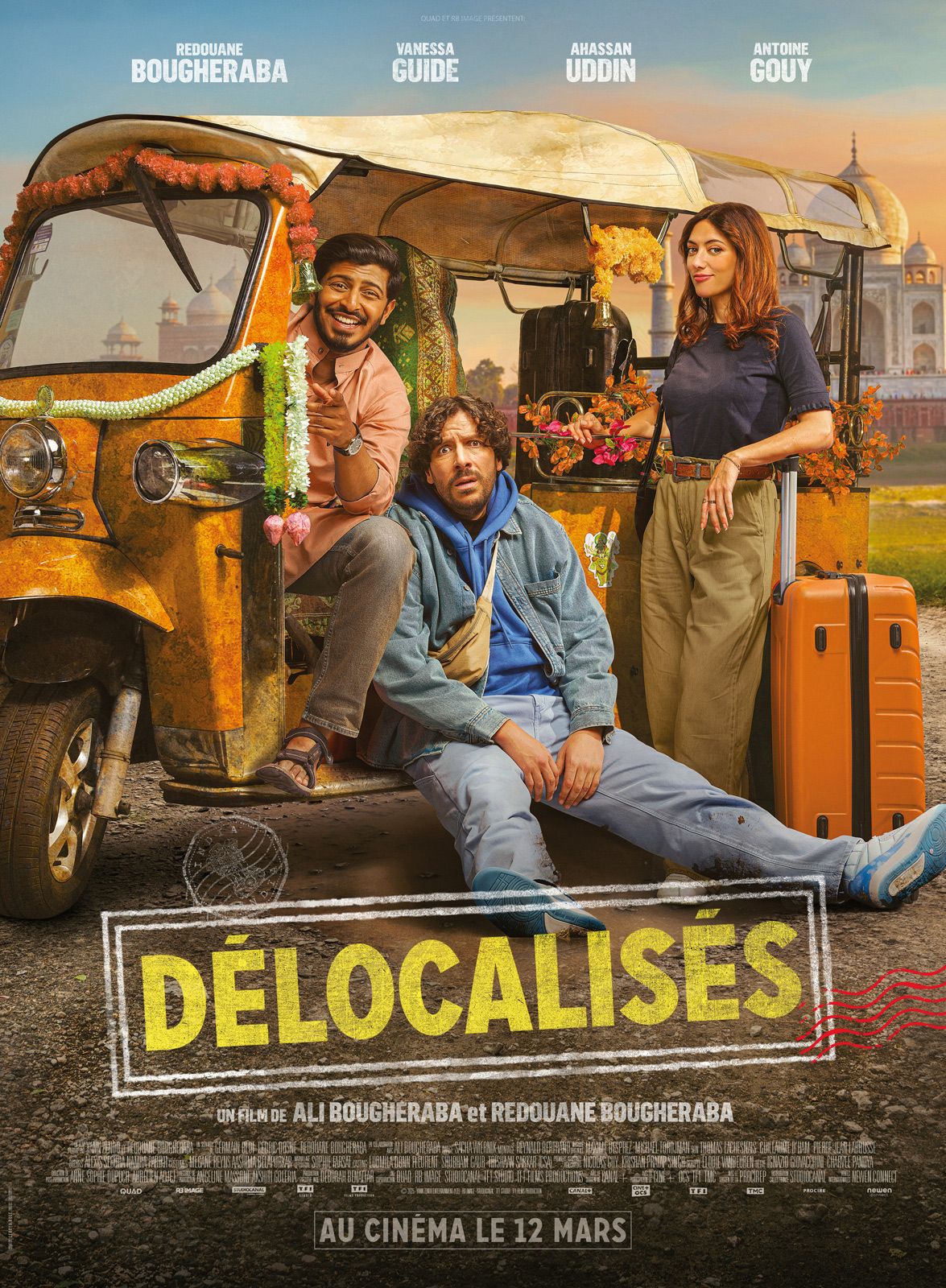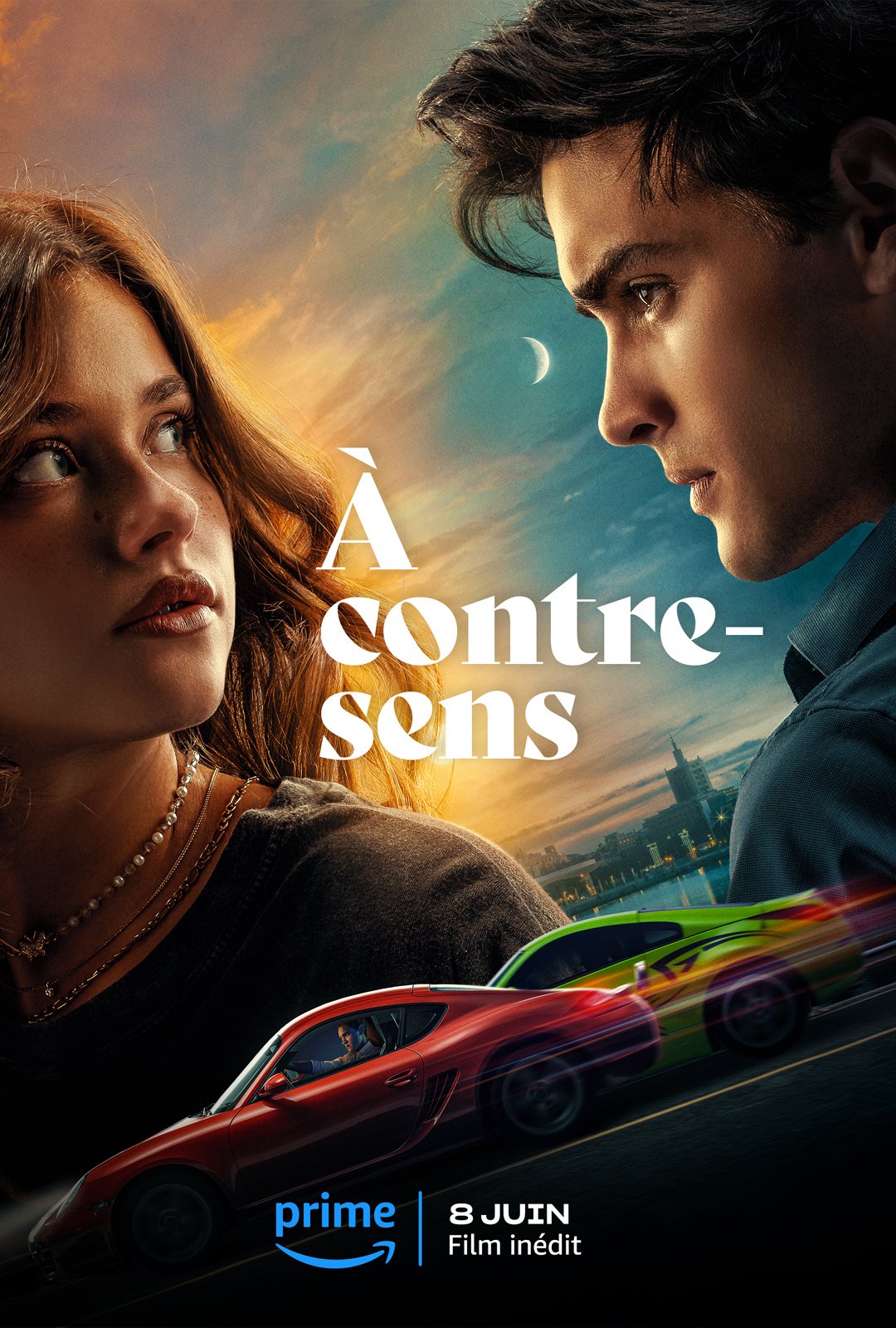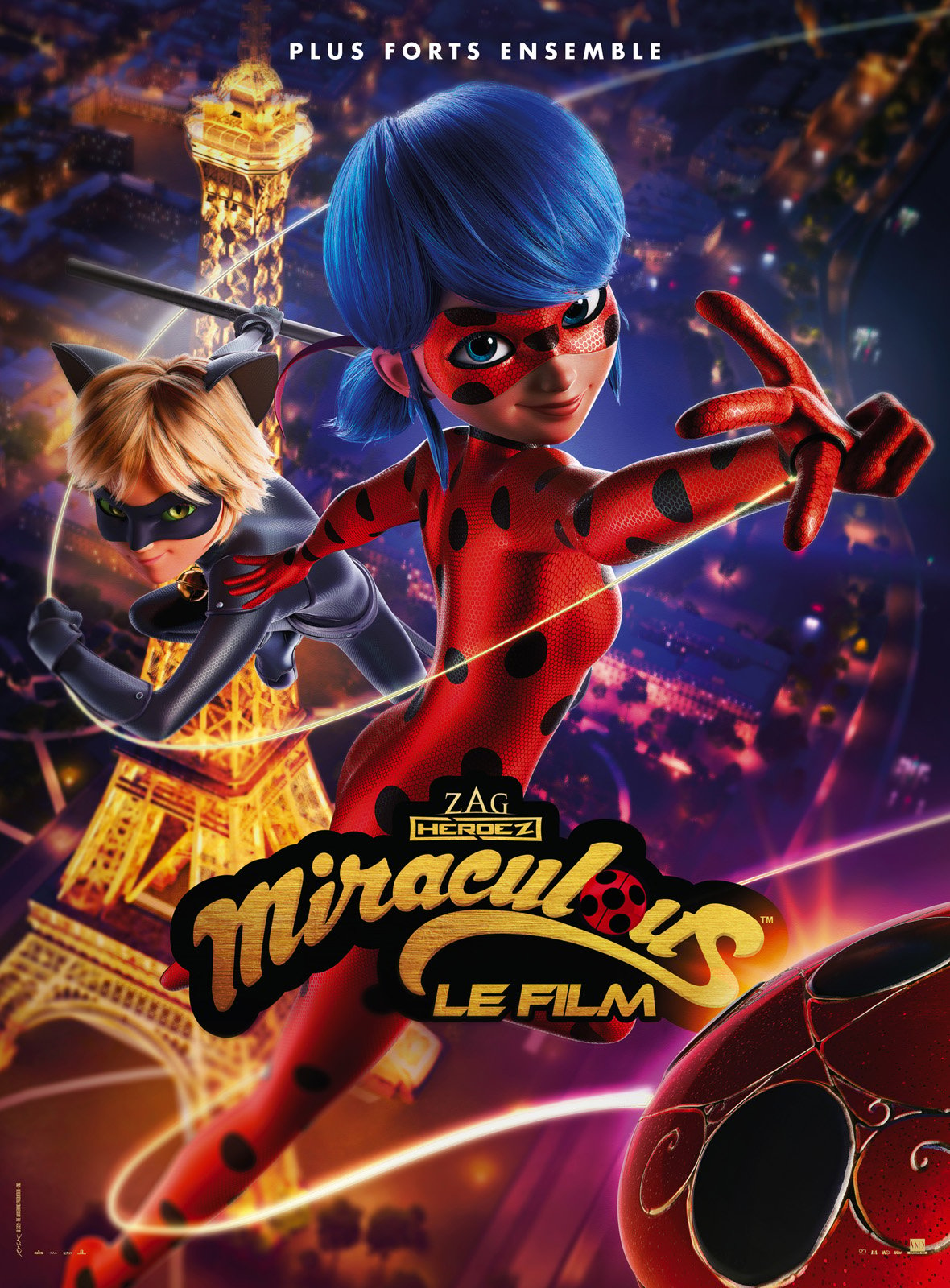Film No Ie - Glimpses Into The Moving Picture World
Moving pictures, in their many forms, truly hold a special place in our lives, don't they? We gather around them, letting stories unfold right there in our own comfortable spaces. This idea of a "film no ie," or perhaps a film for the home, is about more than just watching something; it's about the feeling a story gives you, the way it settles into your personal world. It's about how these images, put together with such care, come to reside with us, shaping our thoughts and feelings, often in ways we might not expect.
From the grand, sweeping screens of a movie house to the cozy glow of a screen in your living room, the way we experience these stories can shift quite a bit. Sometimes, you want something big and loud, a spectacle, you know? Other times, a quiet story, something that makes you think, feels just right for a relaxed evening. It's really interesting how the same moving picture can feel different depending on where you watch it, or who you are watching it with, or even how you are feeling at that moment. So, there is a lot to think about.
The whole idea of "film" itself holds many layers, too it's almost. It's not just the finished product that plays on your screen; it’s also the very serious craft that goes into making it, the hidden bits of technology that allow images to form, and even the way these stories travel to us. From the deep, artistic side to the very precise technical work, every part plays a role in bringing these experiences to life, shaping what we see and feel when we settle in for a "film no ie" moment.
Table of Contents
- What Makes a Film a "Film" for "film no ie"?
- The Shadows of "film no ie" - Exploring Noir
- How Does the "film no ie" Experience Come to Life?
- Getting Your "film no ie" - Access and Sharing
- What Tools Shape the "film no ie" Vision?
- Moments that Stay with Your "film no ie"
- Can You See the Art in Your "film no ie" Viewing?
- The Enduring Appeal of "film no ie"
What Makes a Film a "Film" for "film no ie"?
When we talk about moving pictures, the words we use can sometimes mean different things, you know? People often use "film" and "movie" as if they are the same, but there can be a subtle difference in how they feel. For many, a "film" suggests something a bit more serious, perhaps a work of art meant to make you think or feel deeply. It carries a certain weight, a sense of importance in the storytelling. A "movie," on the other hand, might seem a little more common, something made for general fun or easy entertainment. This distinction, while not always strict, helps us think about the kind of stories we bring into our own spaces as "film no ie."
Think about it: when you pick something to watch in your own home, do you look for a "film" that challenges you, or a "movie" that helps you relax after a long day? Sometimes, the choice is about the mood you are in, or the kind of experience you are hoping for. A moving picture that aims to be a "film" might offer a story that stays with you, perhaps even changing your perspective a little. It might have layers of meaning that reveal themselves over time. This makes it a really good fit for a quiet evening at home, where you can truly give it your full attention, letting its ideas settle.
Then again, a "movie" can be just as satisfying for a "film no ie" occasion. It might be something light, something that makes you laugh or simply helps you escape for a while. The beauty is that both types of moving pictures can be enjoyed in your personal space, each offering its own kind of reward. The key is what you are looking for in that moment, what kind of story feels right to invite into your home. This distinction, while not a hard rule, helps us appreciate the wide range of creative works available to us, ready to become a part of our personal viewing experiences.
The Shadows of "film no ie" - Exploring Noir
Among the many kinds of moving pictures, there is a particular style that truly stands out: what some call "dark films," or "film noir." These are stories that often come from the old Hollywood days, roughly from the 1940s into the 1950s. They tend to show a world filled with shadows, where right and wrong can feel a bit blurry. The stories usually involve wrongdoing, tricky situations, and characters who might be hiding something. Watching a "film no ie" that falls into this style can be a powerful experience, bringing that sense of mystery and tension right into your living room.
These dark films, you know, often have a certain look to them. They use strong contrasts between light and dark, creating deep shadows that can hide things or make characters seem a bit more mysterious. This visual style really helps to build the mood of the story, making you feel like you are right there in those shadowy streets. Stories like "Double Indemnity," a classic from 1944 starring Barbara Stanwyck and Fred MacMurray, really show off what this style is all about. The way the light falls, the way characters move through dimly lit rooms, all add to the feeling of something hidden or dangerous.
People who really enjoy these dark films, like Eddie Muller, who talks about them on television, often appreciate the way they explore the tougher sides of life. They are filled with memorable lines and situations that stick with you long after the screen goes dark. When you watch a "film no ie" from this group, you are not just seeing a story; you are stepping into a world that feels both familiar and a little unsettling. The plots can be fast-paced, sometimes about a person trying to find answers before it is too late, which keeps you on the edge of your seat, even in your own home.
How Does the "film no ie" Experience Come to Life?
Have you ever thought about what goes on behind the scenes to make a moving picture appear on your screen, ready for your "film no ie" moment? It's quite a process, actually, involving some very precise work. For instance, in the world of making tiny electronic parts, there is a technique called "gap fill." This is about making sure that layers of material are placed perfectly, without any empty spaces, between the wires on a chip. This kind of careful layering is similar, in a way, to how many thin layers come together to create the "film" that captures images.
When it comes to creating the actual film material that records light, or even the thin coatings used in displays, there is a lot of focus on something called "step coverage." This means making sure that a new layer of material covers all the little bumps and dips on a surface evenly. If the coverage isn't good, the image might not form correctly, or the display might not work as it should. Various methods, like certain kinds of chemical vapor processes, have been developed to make sure this happens just right, ensuring that the "film" can do its job.
So, while you are enjoying your "film no ie," perhaps watching a story unfold, it is worth remembering that there is a whole world of precise engineering that helps make it possible. The way light is captured, the way images are stored, and the way they are later displayed, all rely on these kinds of careful technical steps. It is a bit like the foundation of a house; you do not always see it, but it is absolutely necessary for everything else to stand tall and work properly, allowing the magic of the moving picture to happen in your space.
Getting Your "film no ie" - Access and Sharing
These days, getting your hands on a moving picture for a "film no ie" experience can happen in many ways, you know? One method involves what are sometimes called "private tracker" sites, or PT sites. On these platforms, people share files with each other, and there are often rules about how much you can download compared to how much you upload. This is tracked through something called a "passkey," which helps the site keep tabs on what each person is doing. It's a system that tries to make sure everyone contributes to the sharing community.
Most of these sharing places have a "sharing ratio" or "upload/download ratio." This means that for every bit of data you take down, you are expected to put a certain amount back up for others to get. If your sharing ratio gets too low, meaning you are taking a lot but not giving back enough, the system might stop you from using the site. This is a way to keep the shared content flowing and make sure that everyone plays a part in keeping the community active. It's a rather specific way to get your "film no ie" material, relying on a give-and-take among users.
This method of getting moving pictures for home viewing is quite different from simply buying a physical copy or streaming something from a service. It relies on a community of people sharing directly with each other, which has its own set of rules and ways of operating. For those who use these systems, it is about understanding the balance of sharing and getting, ensuring that the pool of available "film no ie" content remains varied and accessible for everyone involved. It highlights how many different paths there are to bringing a story into your personal space.
What Tools Shape the "film no ie" Vision?
When we think about how a moving picture comes to be, ready for your "film no ie" enjoyment, one tool stands out as truly central: the camera. It is the device that captures the light and turns it into the images we see. What is interesting is that the word "camera" itself can mean many things, depending on what kind of moving picture you are talking about. It could be the device you use to take still pictures, or the one that records moving images for a movie, or even a simple video camera on your computer. It's quite a versatile word, actually.
People only tend to add extra words, like "still camera" or "film camera," when they need to be really clear about what kind of image-capturing device they mean. This flexibility in language reflects how fundamental the camera is to all sorts of visual storytelling. Whether it is capturing a single moment in time or a long sequence of events that will become a full "film," the camera is the eye through which the story is first seen. It is the very first step in translating an idea or a real-world scene into something that can be shared and watched.
So, the next time you settle down for a "film no ie," consider the camera that was used to bring those images to life. It is the silent partner in every scene, carefully recording every detail, every movement, and every expression. Without this tool, the stories we love, the ones that transport us to other places and times, simply would not exist in the way we know them. It truly is the starting point for all the visual magic that unfolds on our screens, allowing us to connect with distant stories and characters.
Moments that Stay with Your "film no ie"
Some moving pictures, when watched as a "film no ie," leave a lasting mark, don't they? They have scenes or ideas that stick with you, perhaps even changing how you see things. Take "About Time

News du film Délocalisés - AlloCiné

À contre-sens - Film 2023 - AlloCiné

Affiche du film Miraculous - le film - Photo 4 sur 29 - AlloCiné